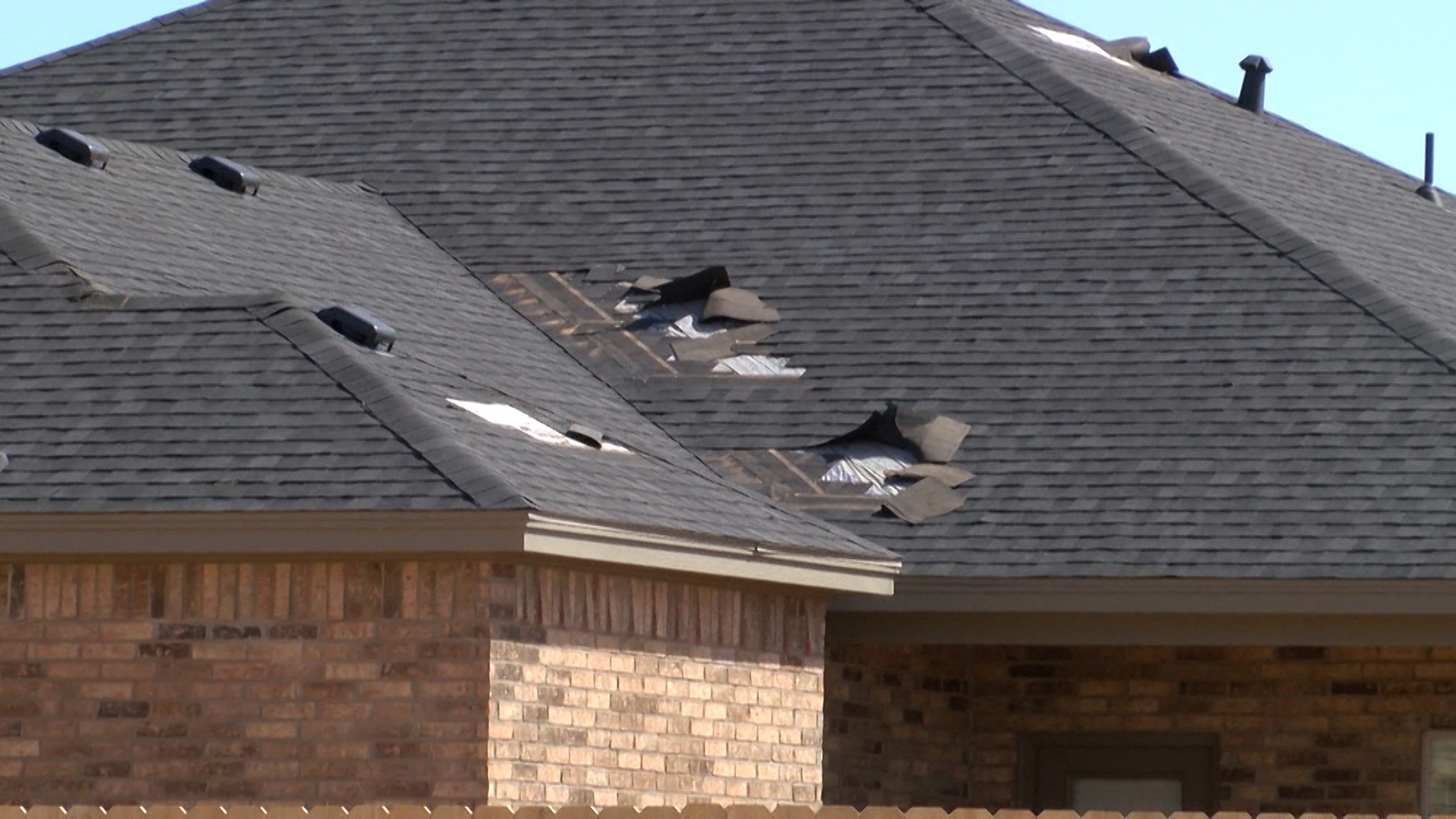LUBBOCK, Texas — Cotton producers are always looking ahead and a great way to prepare for next season is by attending a field day event which showcases new cotton varieties, experimental varieties along with the latest technologies in the industry.
Fibermax Cotton and BASF, the second largest producer and marketer of chemicals, teamed up for the 2019 Field Day plot tour at the BASF Cotton Breeding Station.
Growers, dealers and retailers had the opportunity to see firsthand this year’s results and discuss the topics that are on the forefront this season.
For most growers on the South Plains, insect and weed pressure have not been horrible this season which has saved on input costs.
However, the season isn’t over until harvest.
BASF Tech Service Representative Adam Hixson warned of the impact of aphids late in the season.
“Aphids create a substance called honeydew, and it’s really sticky,” Hixson said. “If that sticky gets on your cotton it’s a bad day. It’s very difficult to harvest.”
He said a lot of cotton varieties have resistance to insect pests. However, he said there isn’t a variety for aphids which would require the spraying of insecticide.
“The nice thing about aphids is if you get them down to a low enough population, things like ladybugs are actually predators of aphids so they’ll move in and clean up whatever is left over,” Hixson said. “And most of the insecticides used these days are very nice to those predators. You’ll be able to use our new insecticide on that particular pest.”
A challenge for Plains cotton growers throughout the entire year is controlling weeds like palmer pigweed because the cotton does not form a thick canopy like in other areas.
Dan Westberg who is a Regional Tech Service Manager for BASF explained that as few as thirty weed escapes won’t affect your yield but the amount of seed production those weeds have is massive.
Holding a one pint jar of palmer seeds in his hand he estimated it to be 500,000 seeds.
“It’s all about eliminating seed production in the field,” Westberg said. “So making sure that we rogue out those few escapes that may be there.What we want to do is make sure that we steward these technologies that we have left to make sure that we utilize them in a diverse system so that we don’t develop resistance to essentially all of our chemistries that we have.”.
A technology that is making its way into the agriculture industry is aerial drones for field imagery.
“Aerial imagery is very helpful in identifying those genotypes or other inputs that might be very helpful to growers on their farm,” said Craig Bednarz a representative of BASF. “And not only that they are useful in identifying those genotypes that are really under performers and the ones we need to get rid of.”
Evaluating varieties for tolerance to diseases like verticillium wilt is subjective however Bednarz believes that aerial image and the right software could help identify disease in a particular genotype and the percentage of the plot that is infected.
“Then we could do a much better job at quantifying the differences among our varieties,” Bednarz said. “And I think those are the tools that we’re going to be using more and more of in the future.”
The plot tour included a look at the newest Fibermax & Stoneville varieties for 2020 and this years top performers. One of the most popular varieties this year was Fibermax 1830 GLT.
“It’s got great disease tolerance, great tolerance to verticillium wilt and bacterial blight,” said Kenny Melton, Western Region Agronomic Manager at BASF.
Melton mentioned there is no other control measure to these diseases other than the variety itself.
“Fiber quality is real good on that variety,” he said. “And fiber quality at one time was not important in West Texas but nowadays it is of paramount importance for us and it can really make a difference when you go to sell that crop.”
















